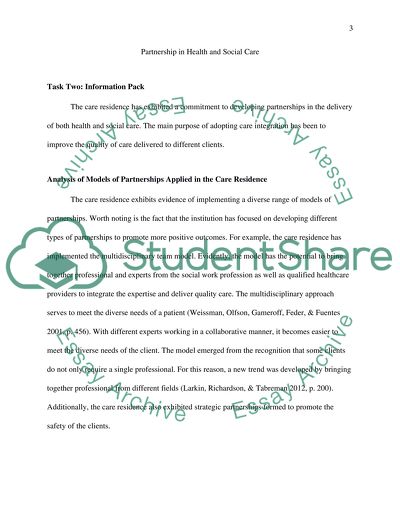Cite this document
(“Working in Partnership in Health and Social care Coursework - 1”, n.d.)
Working in Partnership in Health and Social care Coursework - 1. Retrieved from https://studentshare.org/sociology/1699732-working-in-partnership-in-health-and-social-care
Working in Partnership in Health and Social care Coursework - 1. Retrieved from https://studentshare.org/sociology/1699732-working-in-partnership-in-health-and-social-care
(Working in Partnership in Health and Social Care Coursework - 1)
Working in Partnership in Health and Social Care Coursework - 1. https://studentshare.org/sociology/1699732-working-in-partnership-in-health-and-social-care.
Working in Partnership in Health and Social Care Coursework - 1. https://studentshare.org/sociology/1699732-working-in-partnership-in-health-and-social-care.
“Working in Partnership in Health and Social Care Coursework - 1”, n.d. https://studentshare.org/sociology/1699732-working-in-partnership-in-health-and-social-care.


